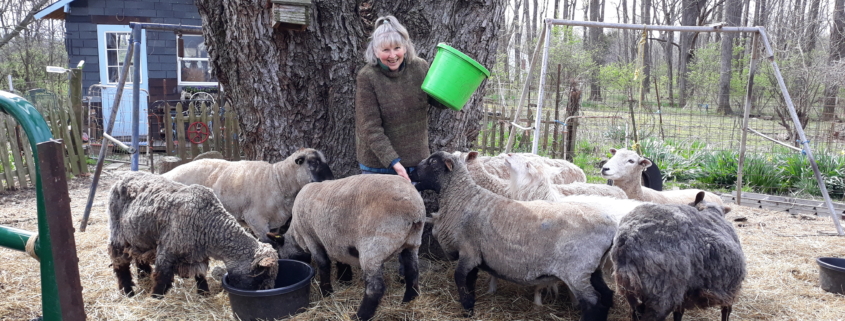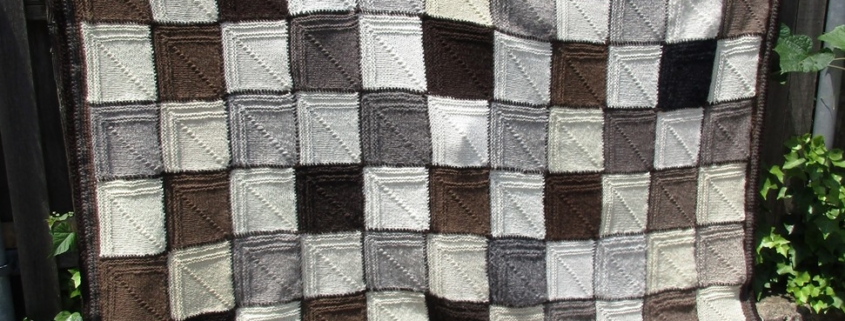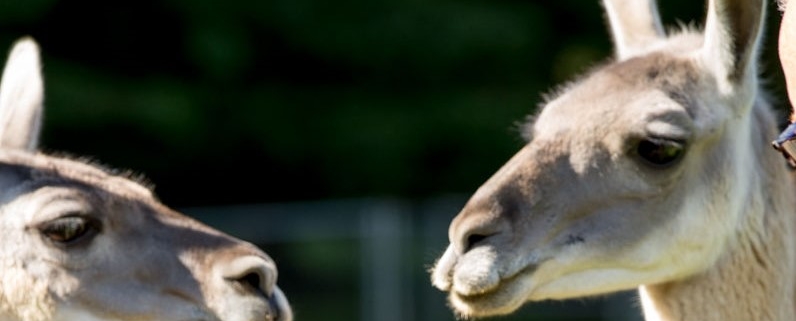The Devotion of a Handspinner: Donna Jo Copeland
At seventy-three-years-young, there is no stopping Donna Jo Copeland from keeping a small flock of sheep, a few quirky angora goats, and about eleven English angora rabbits on Breezy Manor Farm, located in Mooresville, Indiana. After over five decades of shepherding, she is still fascinated by her fiber animals and loves working with the gift of their wool. Let’s learn more about Donna Jo’s flock-to-sweater process, which proves that you are never too old or too young to enjoy fibers.









